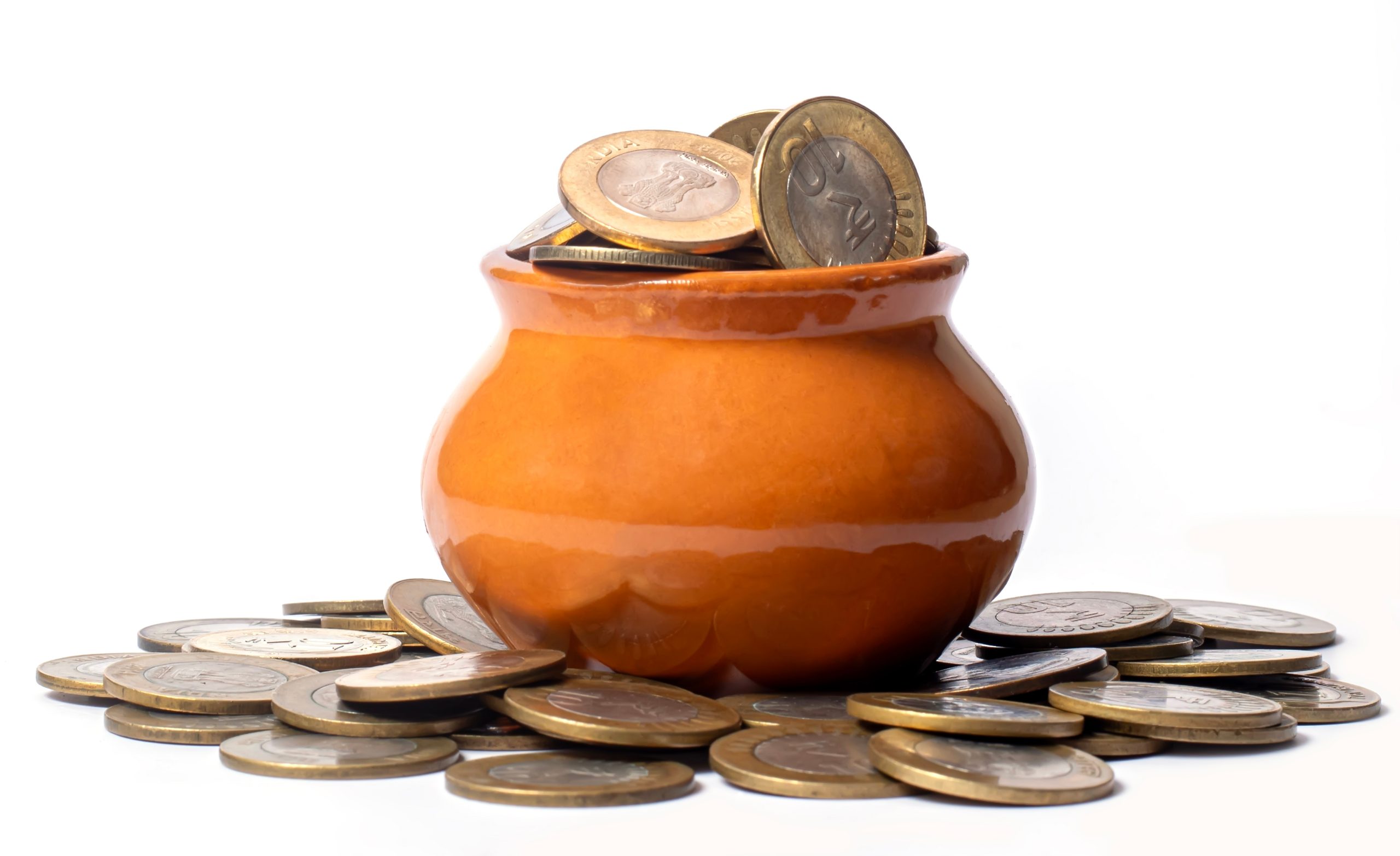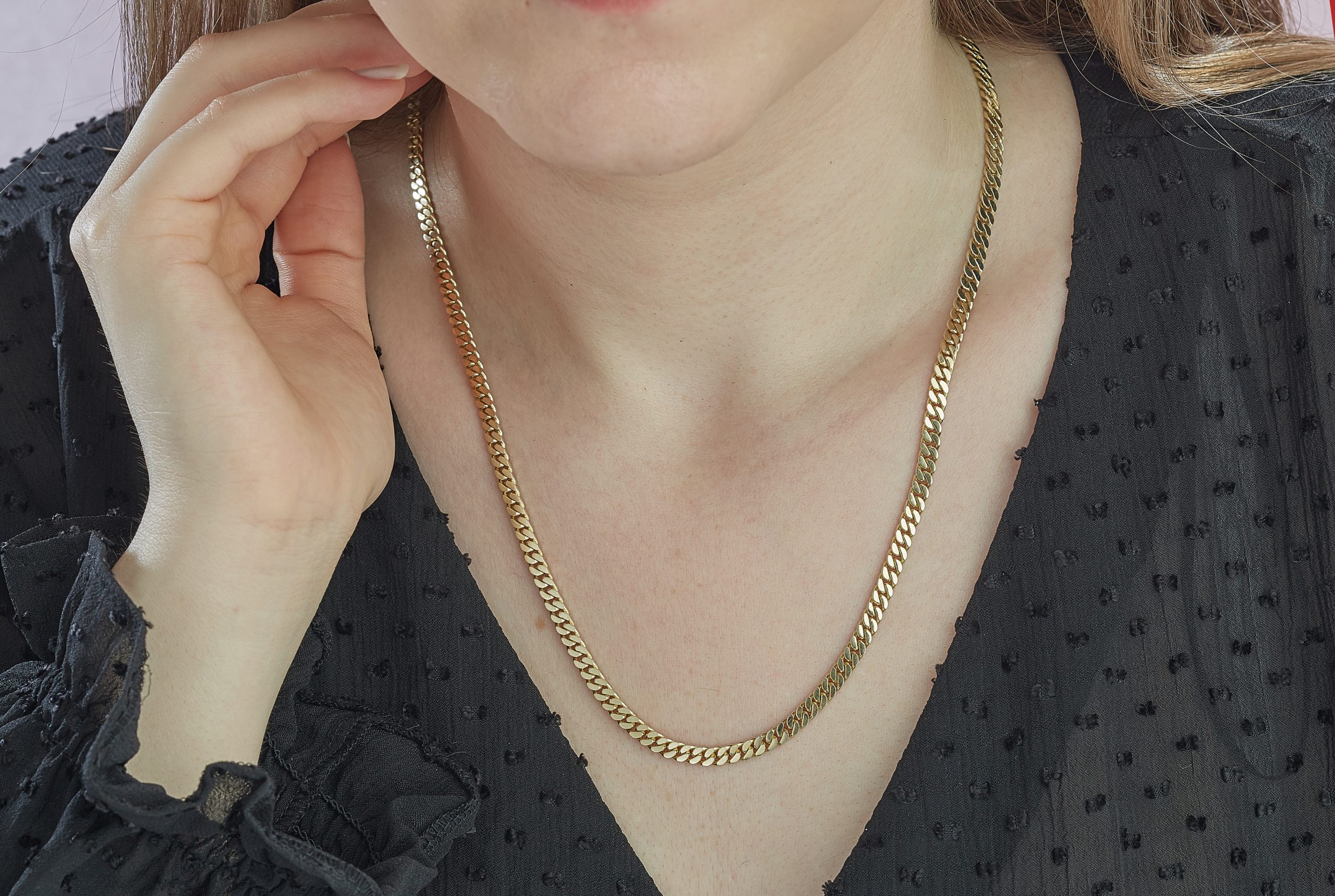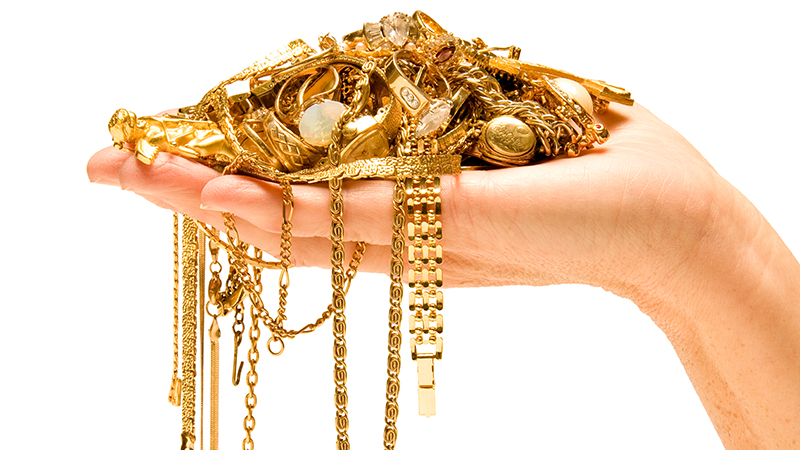When we think about gold, it is easy to picture shiny rings, necklaces, or even heavy bars locked away in a vault. What many people do not realize is that gold in the form of bullion bars and gold as jewelry are treated very differently in the marketplace. The distinction matters for anyone looking to sell or invest. Our team at Saskatoon Gold Buyers has seen how these differences impact both everyday sellers and long-term investors.
Understanding Gold Bullion Bars
Bullion bars represent gold in its purest and simplest form. They are usually stamped with the weight and purity, which makes them easy to verify. This format appeals to investors because it is a straightforward way to measure value. When we work with those interested in gold bullion bars in Saskatoon, accuracy and trust play a key role. Bullion does not require artistic craftsmanship, so the pricing is based almost entirely on gold content. That makes bars much closer to the daily market rate of gold.
Why Jewelry Carries a Different Weight
Jewelry gold is complex because it is rarely pure. Most pieces are made from a blend of gold and other metals. A necklace marked as 14k contains only a little more than half gold, while the rest may be copper or silver. This changes the melt value. Another factor is design. A beautifully crafted ring may have value beyond its gold weight because of the workmanship. However, when selling, buyers often melt down the piece, which lowers its payout compared to its original retail price. Unlike bullion, jewelry requires testing to confirm both purity and authenticity.
The Role of Purity Testing
Testing gold is a major step when dealing with jewelry. While bars usually have certification that can be trusted, jewelry demands close inspection. Our team uses acid tests, electronic testing, and in some cases X-ray fluorescence to confirm karat levels. This is because hallmarks are not always accurate. Over time, engraving can fade, or in rare cases, marks can be misleading. Bullion does not present the same challenge since its stamping and certifications are recognized worldwide.
Price Differences in the Market
When we look at the price of bullion, it tends to follow international gold prices very closely. If gold is trading at a certain spot price, bars will reflect that number minus a small margin. Jewelry is more complicated. The buyer must consider not only purity but also labor and materials that may no longer hold value. For example, a bracelet that sold new for thousands may only return a fraction of that amount when sold for its melt value. This contrast shows why gold bars are often seen as a cleaner investment vehicle.
Storage and Liquidity
Keeping bullion safe is much simpler than jewelry. Bars can be stacked, sealed, and stored with little fuss. Jewelry is harder to store in bulk, and it is also more vulnerable to scratches or loss of small pieces. Liquidity is another consideration. Selling bullion is usually quicker, as it has a standard measure of value. Selling jewelry often requires negotiation over karats and design. For those who want fast access to cash, bullion provides a clearer path.
Emotional Versus Practical Value
Jewelry often carries emotional weight. An heirloom ring may hold memories that matter more than its material value. Bullion bars, on the other hand, are entirely practical. They are designed for storage and trade, not display or sentiment. When people come to gold buyers in Saskatoon, these emotional differences are clear. Some hesitate to part with a necklace tied to family history, while selling bullion feels more like a financial decision. Recognizing this contrast helps families decide what to keep and what to let go of.
Tips for Selling Jewelry Gold
When selling jewelry, it helps to separate items into categories. Pieces that are broken or outdated are often best sold for their gold value. Unique items, like antique rings with original craftsmanship, may deserve appraisal from a jeweler rather than a gold buyer. Cleaning items before selling can also make testing easier. Another useful tip is to gather receipts or certificates if they exist. This extra documentation can support the testing process.
Tips for Selling Bullion Bars
For those looking to sell bullion, the key step is verification. Keeping bars in their original packaging and holding onto certificates of authenticity can make the sale smoother. Buyers pay more when the gold has a clear chain of authenticity. It is also wise to watch the market price of gold. Since bullion is tied closely to market rates, timing a sale when gold prices rise can significantly increase returns.
Practical Considerations for Everyday Owners
Owning both bullion and jewelry requires different mindsets. We recommend that people think of jewelry as wearable art first and a financial asset second. It can bring joy in daily life but may not return its full purchase price when sold. Bullion, by contrast, is rarely enjoyed visually. It sits safely away, waiting for the right time to trade. Understanding this balance helps set realistic expectations for both.
Extra Insight: Taxes and Reporting
One aspect not often discussed is how tax rules can differ depending on what you sell. Some jurisdictions require reporting gains on bullion, while jewelry sold casually might not attract the same attention. Keeping clear records of purchase dates and amounts can prevent confusion later. We encourage anyone dealing with large volumes of bullion to seek financial advice about reporting obligations. This step can save trouble down the road.
Taking the Next Step
If you are uncertain about whether to sell bars or jewelry, the first step is often to talk to professionals who can provide clarity. Our team is available to walk through the details, test items, and explain how pricing is set. Anyone who wants personal guidance can reach out directly through contact us. Clear answers can make a big difference in planning future financial decisions.
FAQ
Why is bullion easier to value than jewelry?
Because bullion is nearly pure and standardized, its value ties closely to the spot market price of gold, while jewelry varies by purity and design.
Do all jewelry pieces lose value when resold?
Not always. Some antique or designer items can carry extra worth, but many pieces are priced mainly for their gold content when sold.
How do I know if my gold bar is authentic?
Keeping it in sealed packaging and holding certificates of authenticity are the best ways to prove legitimacy. Professional buyers also test bars if needed.
Can broken jewelry still be sold?
Yes. Even damaged pieces still carry value for their gold content. Buyers melt them down regardless of condition.
Is it better to invest in bullion or jewelry?
It depends on goals. Bullion works best for financial investment, while jewelry offers personal enjoyment along with some resale value.
















